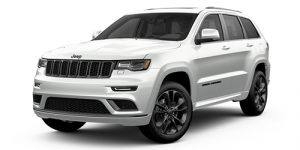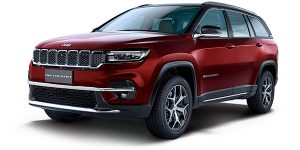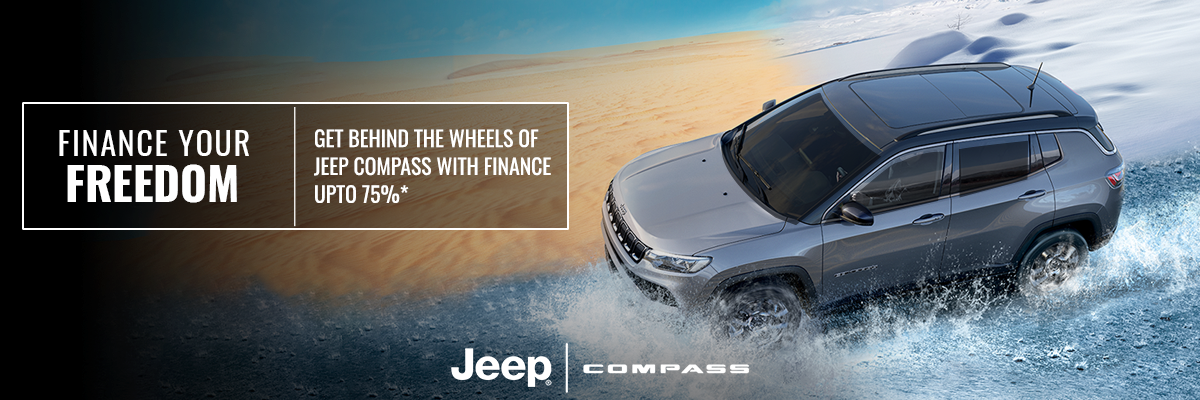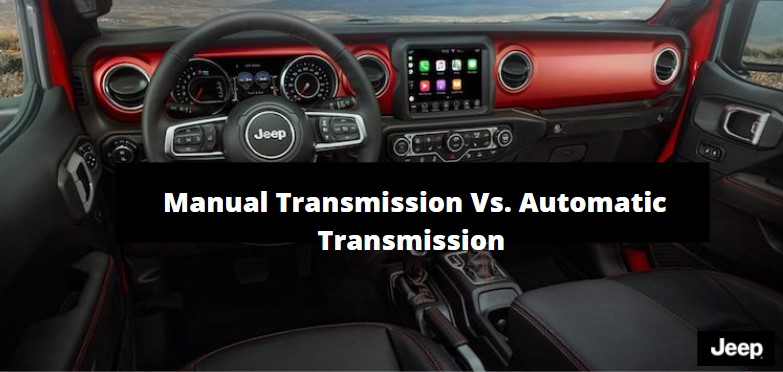Contents
- 1 Manual vs Automatic transmission
- 2 What is a manual transmission?
- 3 Benefits of Manual Transmission
- 4 What are the cons of manual transmission?
- 5 What is an automatic transmission?
- 6 Some benefits of an automatic transmission include:
- 7 What are the cons of an automatic transmission?
- 8 What is a continuously variable transmission (CVT)?
- 9 Some benefits of the CVT transmission include:
- 10 What are the cons of a CVT transmission?
- 11 Which transmission is safer?
- 12 Conclusion
Transmissions, also known as gearboxes, help control the speed and torque of a vehicle (rotational force). The higher the gear required, the higher the velocity. Even though automatic vehicles shift gears independently, information vehicles need to shift gears with the stick shift. Essentially, computerized transmissions are less difficult to observe and more snug for the driving force, whereas information transmission motors are significantly less steeply-priced and much more concerned.
Of course, there are exceptions to every rule, and the most effective way to determine which one is best for you is to cross for a look at pressure. Manual transmission motors typically last longer than their computerized transmission counterparts. Newer automated transmission motors are more inexperienced than ever, which reduces transmission wear and tear.
In this article, we will discuss the pros and cons of both manual and automatic transmission. By reading this, you will know which transmission is better for Jeep SUV cars. So, let’s get started.
Manual vs Automatic transmission
The two major types of transmission are manual and automatic. The message directs the electrical energy generated by the engine to the wheels. Communications, also known as gearboxes, help control the speed and torque of a vehicle (rotational force). The greater the velocity, the greater the number of tools required. Automatic cars automatically shift gears whereas vehicles with manual transmission need you to shift gears with the stick shift.
What is a manual transmission?
Pressure operates the clutch and selects when to shift gears in information transmissions. With a manual, or stick shift as it is also known, most drivers experience that they are more concerned with the mechanics of the car and that it is a lot more fun to pressure.
Benefits of Manual Transmission
Fuel efficiency: Vehicles with manual transmissions are traditionally more fuel-efficient because their engines are lighter and less complex. However, fuel efficiency in most automobile models varies by only a few miles per gallon, depending on the transmission type.
Less expensive: Manual transmissions are typically less expensive for automakers to install; however, the decal cost between the two types remains close. One aspect to keep in mind is its resale value. Fewer customers may also be aware of a vehicle’s stress with information transmission. Still, those looking for an exercise or standard overall performance car may also select the manual transmission, increasing its resale value. Furthermore, with a manual transmission, safety and renovation are significantly less expensive. Insurance can also be less costly because they are a lot less complicated in terms of mechanics.
It is less likely to be stolen: As more advanced vehicles are outfitted with automatic transmissions, the “art” of using information is fast becoming a thing of the past. If a thief is looking to borrow your car and it is a guide, there is a good chance they will find a new target.
Improved manipulation: Manual transmissions give the driver more control over the vehicle because they can choose which gear to follow and when.
What are the cons of manual transmission?
It’s not ideal for long commutes: While manual cars can be entertaining to pressure, you may want to consider your daily commute if you have one. It’s nice to have complete control of the vehicle, but after hours on the highway or in stop-and-go traffic, you might wish you had a computerized instead.
Varieties: Every year, fewer and fewer information automobiles are produced, but the range is more comprehensive than it used to be, Heavy-duty trucks, sports activities vehicles, and sedans with automatic transmissions. According to Edmunds.com, as of October 2019, 1.2 percent of the most recent automobiles on the market for the year had information transmission.
More resistant to pressure: If you continue to be in a hilly area, including the gears and a grab may be challenging. It requires more thought, and you must be cautious, especially if you are stopped in the middle of a hill. You don’t want to go with the flow once more, right into a car in the back of you. You’re also very likely to stall in a vehicle with an automatic transmission.
What is an automatic transmission?
A vehicle with an automatic transmission chooses the best tools for you based on your speed and road conditions. The following are the most common types of automatic transmissions:
• Traditional computerized: A torque converter connects this automatic transmission to the vehicle’s engine.
• Dual-grab computerized: This computerized transmission type relies on two clutches to interact with the gears.
Some benefits of an automatic transmission include:
• Easier to exert pressure on. Because it takes practice to learn how to use a stick shift, most people are more at ease driving a car with an automatic transmission. It is virtually less challenging to discover methods to exert pressure. Furthermore, drivers can keep all of their fingers on the steering wheel, giving them more control.
• More convenient in congested areas. Overall, more art is being put into using a stick shift in terms of starting and stopping. That is frequently no longer a problem, but the intent pressure can no longer withstand a regular velocity in heavy traffic. Automatic transmissions allow the rationale pressure to switch between pedals for a more comfortable ride.
• It is preferable to strain in hilly areas. While automatics may not be as enjoyable to stress over hilly terrain, they may also be simple to navigate because there is no guess artwork on what tools to use.
What are the cons of an automatic transmission?
• Not as eco-friendly as gasoline. Previously, automatic transmissions were less fuel-efficient than manual transmissions; however, technology is improving.
• The cost. Not only is the initial cost less expensive, but it may also be more expensive to restore and maintain. Furthermore, insurance is frequently higher on computerized transmissions.
What is a continuously variable transmission (CVT)?
There is also a transmission type known as continuously variable transmission (CVT). The CVT transmission no longer has character gears but instead has one variable tool for all usage conditions. It employs a belt-and-pulley computer to transfer engine power to the vehicle’s wheels, taking an infinite gradient of ratios into account.
Some benefits of the CVT transmission include:
• Fuel efficiency. This type has marginally higher fuel mileage per gallon, especially for city drivers.
• Easy to transfer. Unlike traditional computerized transmissions, drivers will no longer notice the transition from one tool to the next.
• It’s simple to apply pressure. They generate helpful and more powerful inexperienced electrical energy and eliminate the sensation of transferring from machine to machine.
• Increased engine velocity. Vehicles with CVT transmissions produce the most inexperienced engine speed for every usage situation, even when accelerating quickly.
What are the cons of a CVT transmission?
Vehicles with CVT transmissions take some getting used to. Drivers have complained about a low, continuous noise known as engine drones, which can be annoying to a select few. Intensive test pressure is an excellent way to determine if a CVT transmission vehicle is appropriate for you.
Which transmission is safer?
Studies have not determined which type of transmission is the safest conclusively. Automatic and CVT transmissions allow you to keep all four fingers on the steering wheel at all times, whereas information transmissions may necessitate more attentive driving. Your habitual behavior will significantly impact your safety. Safety features available for all automated and information vehicles should also make a difference. Essentially, it comes down to riding pressure, desire, and, of course, your budget. To compare rates, conduct research, and speak with a local insurance agent.
Conclusion
The transmission allows the vehicle to extrude gears, transferring power from the engine to the strain axle in the most straightforward way possible. Easier to observe — While shifting gears and running a grab isn’t inherently problematic, it does take a bit more practice than most drivers are comfortable with getting to recognize to approach each of their limbs independently to manipulate a transmission automobile. Automatic transmissions are simpler to use and more comfortable for the driver, whereas manual transmission automobiles are significantly less expensive and more concerned.
With a guide or stick shift, as it is also known, most drivers believe they are additionally more concerned with the mechanics of the car and that it is a long way from an increased laugh to pressure. As more advanced vehicles are outfitted with automatic transmissions, the “art” of information use is becoming a thing of the past. Essentially, automated communications are easier to follow and more comfortable for the driving force, whereas manual transmission automobiles are significantly less expensive and more concerned. For more information regarding Jeep vehicles, you can contact Jeep Nepal, the authorized Jeep dealer in Nepal.











0 Comments